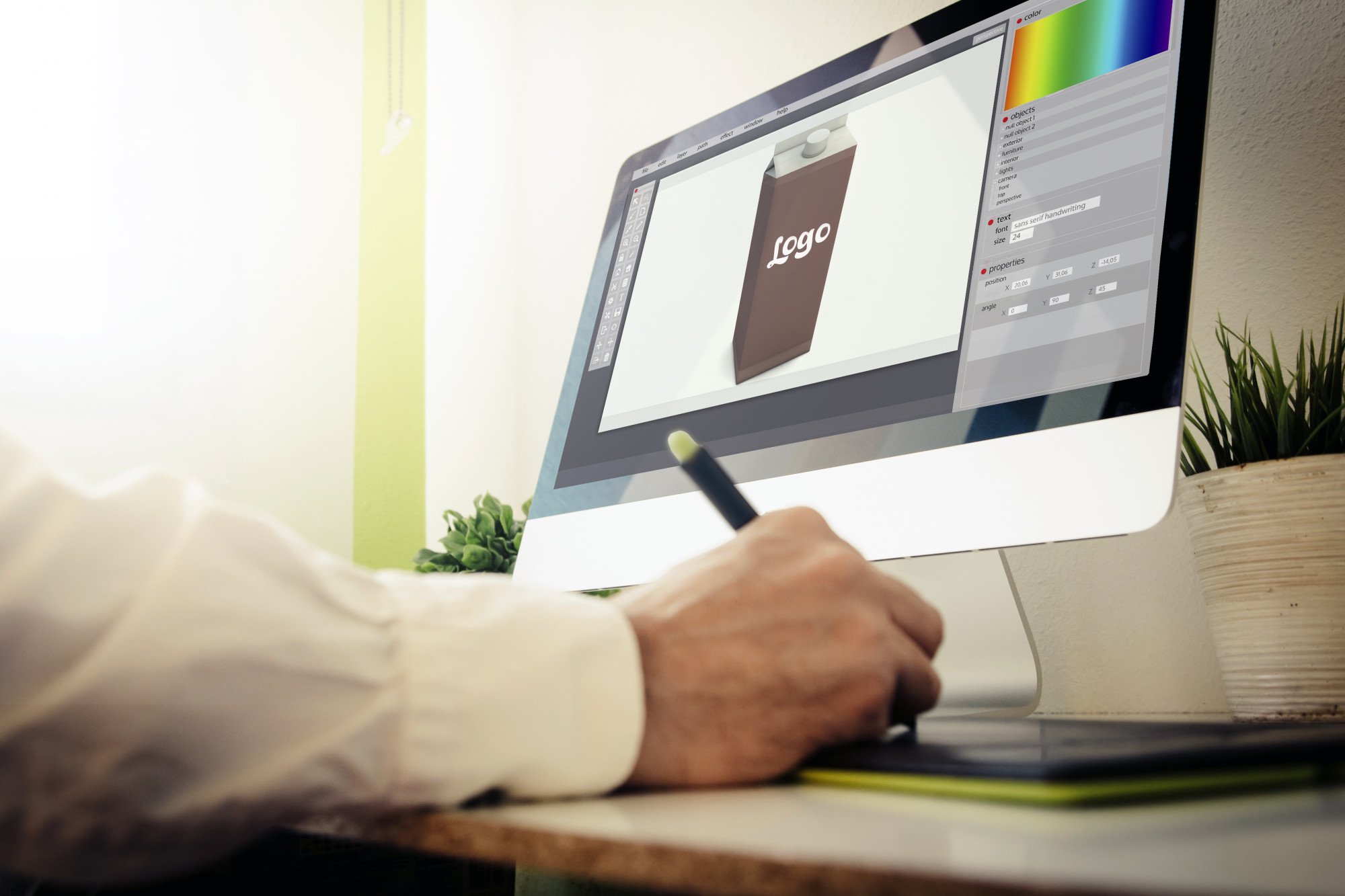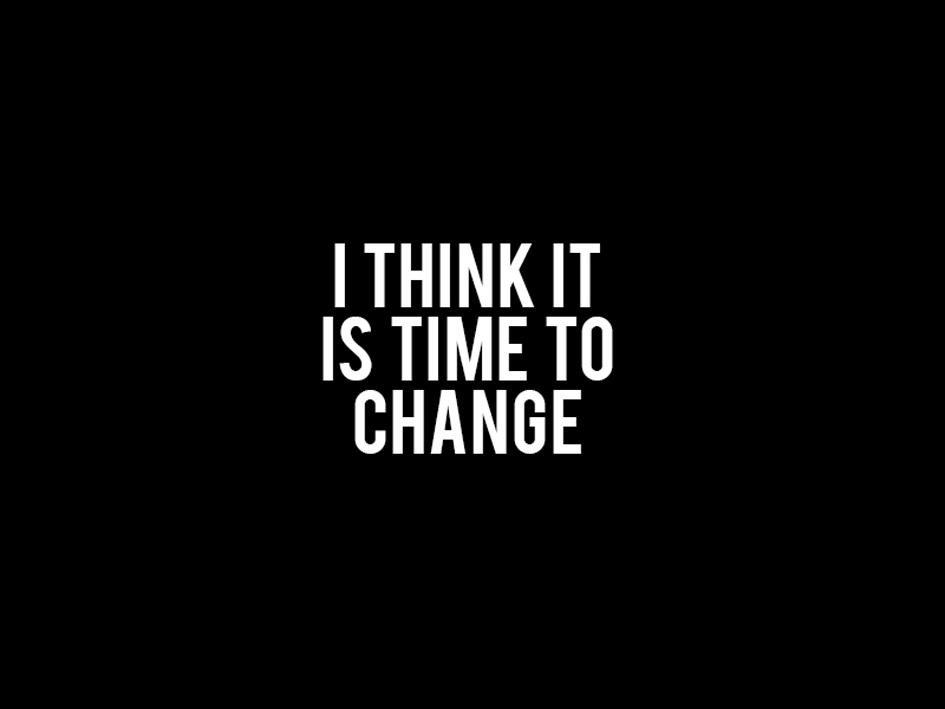Once Upon a Time: The Importance of Storytelling in Marketing
According to Forbes, there's a new technology for marketers out there called emotion analytics. Emotion analytics can be used to scientifically measure the emotional reactions to your marketing…
3 Reasons Why Packaging Design Is Just As Important As Your Product
Approximately 72 percent of consumers state that the packaging of products influences what they wind up buying. And 61 percent of consumers stated that they are more likely to buy more of a luxury…
Building Your Brand: The Top Branding Trends of 2019
There are nearly 200 million companies around the world. With that number increasing each year, you must know how to stand out. Building a brand can set you apart from the competition. It's also your…
Rebranding a Company: 10 Signs its Time for Your Business to Update its Look
Like anyone who has started their own agency ( or business for that matter), my partner and I give everything we have to the business and have so since day 1. And as such, I am aware of the difficult…
The Hottest Packaging Trends You'll Want To Follow
I must admit, I have at times (in fact even over the Thanksgiving holiday) purchased a product specifically because I liked the packaging. How many of us have done that before? Hopefully I'm not the…
Top 7 Brand Positioning Tips for Your Product or Service
Last year over $190 billion was spent on advertising in the United States. When approaching a branding campaign for your business, this dollar amount may make you feel like a tiny drop in an enormous…
How to Kill your Brand
92% of people wouldn’t care if your brand disappeared tomorrow. Take that in. 92%. Only 8% of brands would be missed. The difference is that the 8% actually do something to enrich people’s lives.…
8 Questions to Ask Before Creating a Brand Mascot
Recently we were asked to share our point of view on developing brand mascots (aka brand characters). Rather than just keep this info in a safe, we thought it could be of use to others out there who…
North American Soccer League Develops Brand with Tampa Agency
The North American Soccer League — the men’s professional soccer league that includes the Tampa Bay Rowdies — has enlisted EraserFarm, a newly formed Tampa advertising agency, to help establish its…










